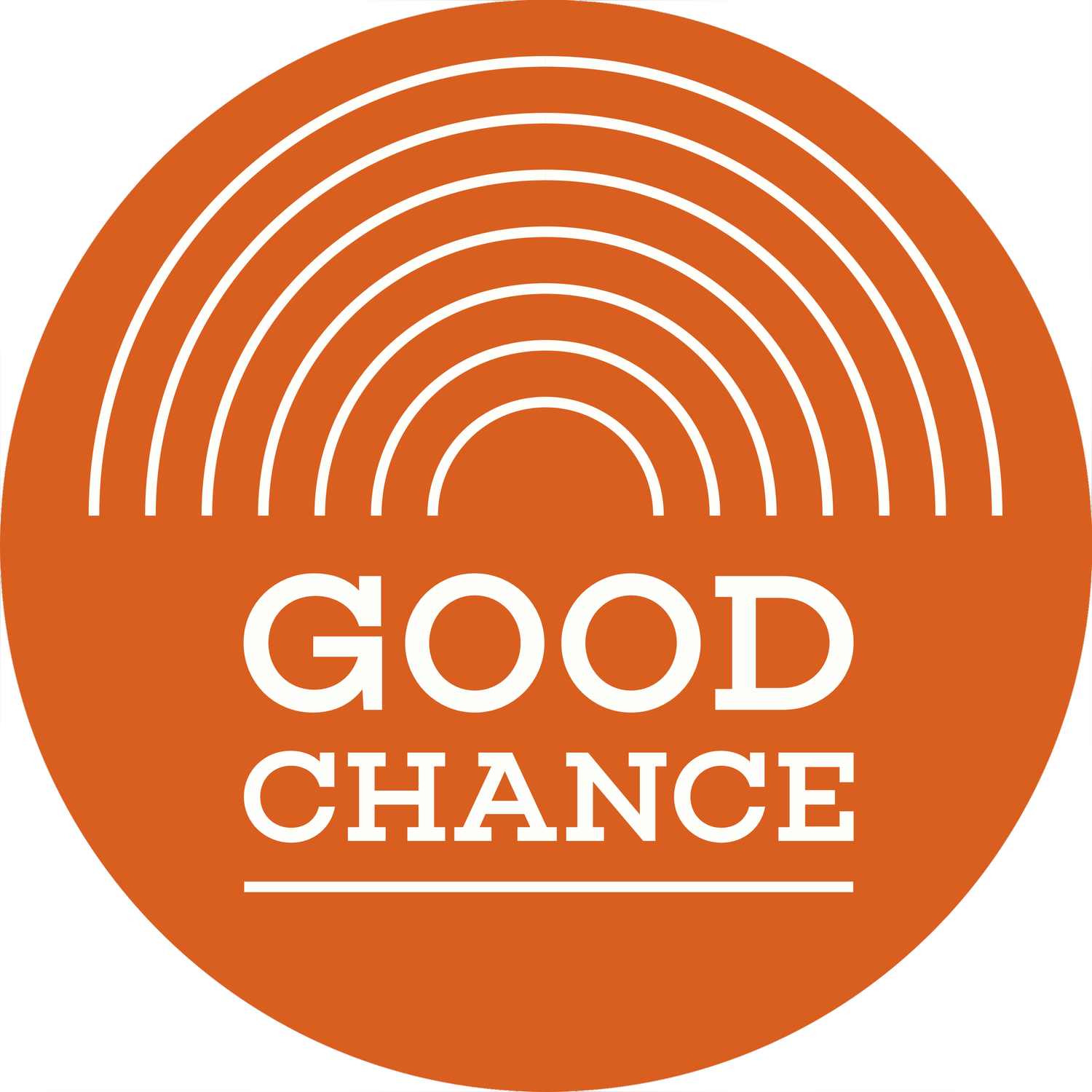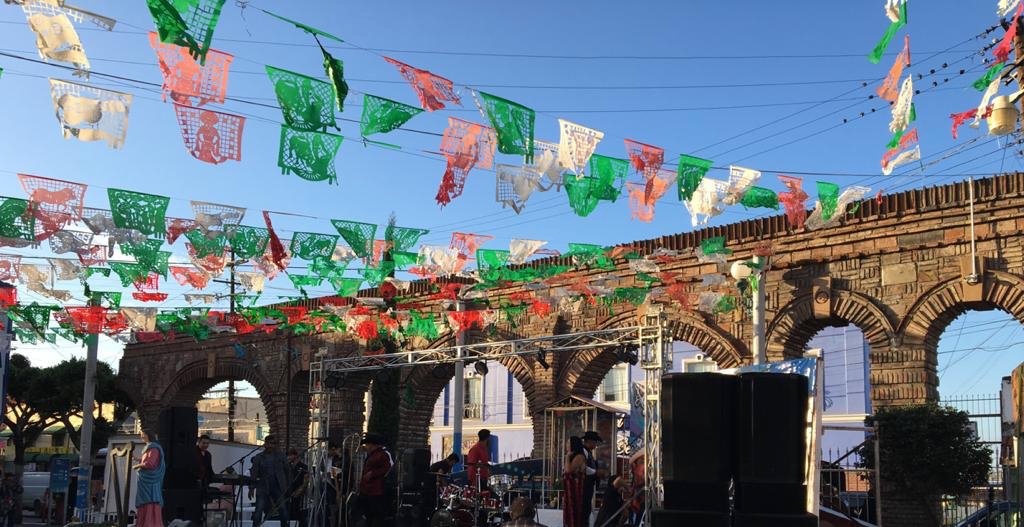Visit to Tijuana, the Border City
Claudia Benítez writes (first in Spanish, then in English) about our recent Good Chance trip to Tijuana, on the US/Mexico border.
VISITA A TIJUANA, LA CIUDAD DE LA FRONTERA
Como mexicana sé que mi país siempre ha sido de tránsito para la gente de Centro América y los mismos mexicanos que buscan el “sueño américano”. Nunca había vivido tan cercanamente esta realidad hasta que en noviembre de 2019 Joe Robertson, Joe Murphy, Naomi Webb y yo viajamos hacia Tijuana, México con la idea de llevar el proyecto Good Chance Theatre.
Tijuana es una ciudad clave pues se encuentra en la frontera con Estados Unidos. Los últimos años han atestiguado el cambio en el papel de México en los flujos de migración de sur a norte.
México ha sido y se ha convertido, además de en un país de emigrantes, en uno de refugio. Provisional, en muchos casos, pues una mayoría de quienes acceden al territorio lo hacen como lugar de tránsito hacia los Estados Unidos. México es un filtro.
Frente al muro en la playa de Tijuana conocimos a Rúben quién fue deportado hace 6 años de Estados Unidos. Mientras nos cuenta su historia mira el muro con esperanza, con ilusión de un día poder estar de nuevo con su familia. Una semana antes, había intentado cruzar por el océano, pero el oleajé se lo ha impedido. Ahora espera todos los días a que la marea baje para poder nadar hacia “el otro lado”.
Rúben representa uno de los cientos de deportados de cada día, pero la situación está evolucionando. El factor que define la emigración de hoy es que se trata de familias, más que individuos aislados. Sin olvidar la nueva ola de migrantes de Haiti y de Africa.
Durante nuestra estancia tuvimos la oportunidad de visitar varios albergues y constatar que las personas que viven ahí no son personas solas, sino familias. Personas que esperan su turno para pedir asilo en Estados Unidos y que se ven obligadas a establecerse en estos centros por meses.
La situación es compleja pues la mayoría de los niños no tienen la oportunidad de ir a la escuela y tampoco existen actividades recreativas en todos los albergues que permitan a las familias expresarse, en este sentido los domos de Good Chance Theatre son claves para fomentar el diálogo a través el arte entre las diferentes nacionalidades y hacer visible la realidad que día a día se vive en Tijuana.
Good Chance puede, à través de su arte, reavivar la esperanza que tantos migrantes han perdido durante su viaje
VISIT TO TIJUANA, THE BORDER CITY
As a Mexican, I know that my country has always been a place of transit for the people of Central America and for the same Mexicans who seek the "American dream". I didn't properly understand this reality until last November when Joe Robertson, Joe Murphy, Naomi Webb and I traveled to Tijuana, Mexico to see if we could bring the Good Chance Dome there.
Tijuana is a key city because it is on the border with the United States. Recent years have witnessed a change in Mexico's role in migration flows from south to north. Mexico has become not only a country of migrants but also a country of refuge. And a temporary refuge, in many cases, since a majority of those who enter its territory do so as a necessary passage to the United States. Mexico is a filter.
In front of the wall on the beach in Tijuana we met Rúben who was deported from the United States six years ago. As he tells us his story, he looks at the wall with hope, with the idea that one day he will be able to unite with his family again. A week before, he had tried to cross the ocean, but the waves prevented him from doing so. Now he waits every day for the tide to go out so he can swim to "the other side"
Rúben represents one of hundreds of deportees every day, but the situation is evolving. The defining factor in Central American migration today is that it is about families, rather than separate individuals. Not to mention the new wave of migrants from Haiti and Africa. During our stay we had the opportunity to visit several shelters and meet some of these families. They have to wait their turn to seek asylum in the United States and are forced to settle in these centres for months.
The situation is complex. Most children do not have the opportunity to go to school and there are no recreational activities in the shelters that help the families express themselves. If we brought the Good Chance Dome here, it could help promote dialogue through art between different nationalities and make visible the reality that is lived every day in Tijuana.
Good Chance could, through its art, revive the hope that so many migrants have lost during their journey.
Because of the global pandemic caused by the coronavirus, our plans to show off the Dome at the border between Mexico and the United States with the help of Tijuana's Municipal Institute of Art and Culture (IMAC) couldn't happen as we thought. We were all set for the big reveal from April to June 2020. Even though things didn't go as planned, we're really excited about the day when we can start up our Dome project again in Tijuana. Making sure everyone stays safe is our top priority.
At difficult times like these, our belief in the importance of working together is strengthened, not diminished. We send our solidarity and hope to our friends and colleagues in Mexico and across the world.




